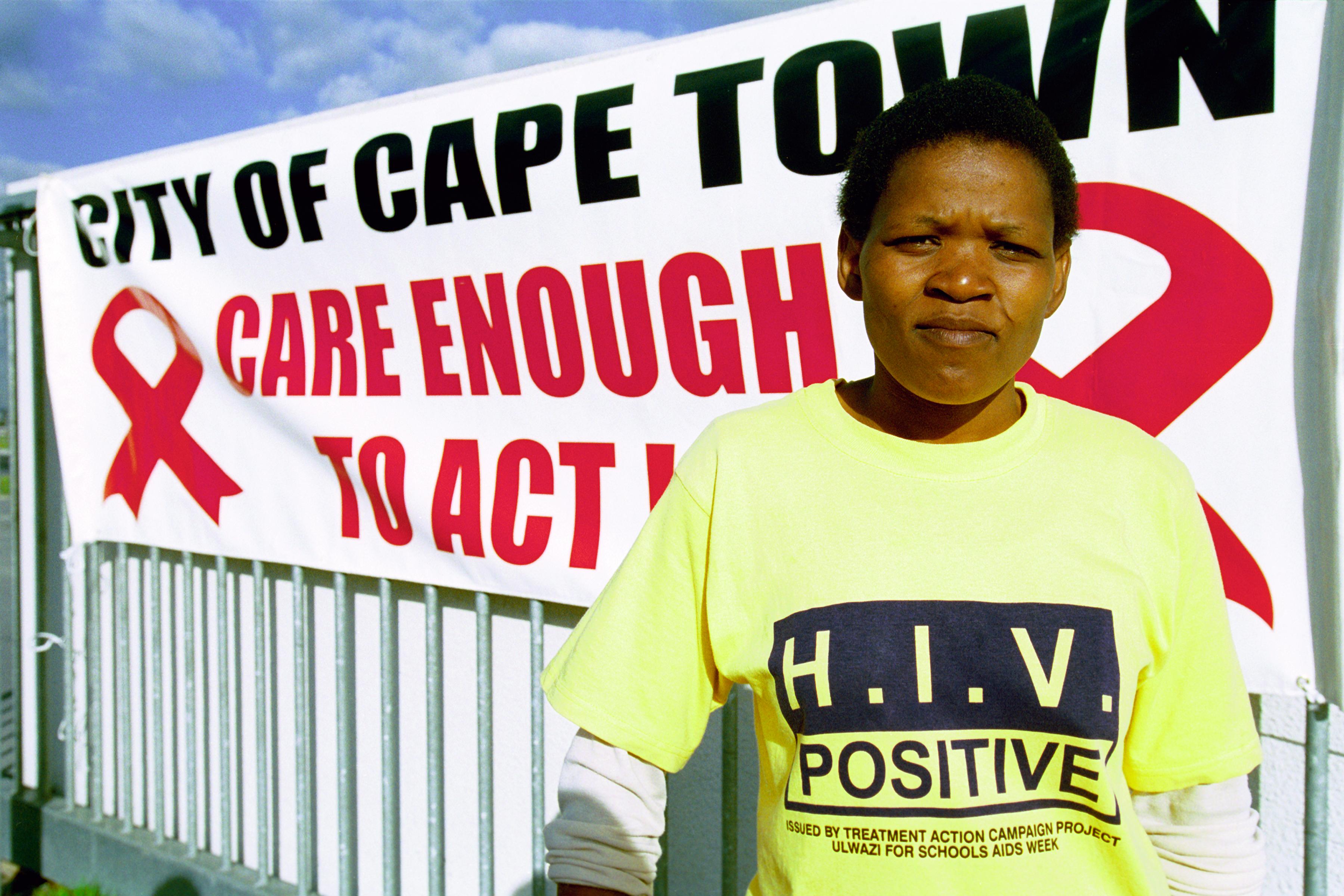Around the world the HIV rates for men and women are more or less equal — except, that is, in sub-saharan Africa. This is the only region in the world where the HIV rates for women are substantially higher than that of men. Scholars call this the “feminization” of HIV and AIDS in Africa and have devoted a great deal of effort into studying why.
Some 80% of all women who live with HIV live in sub-Saharan Africa. So getting to the bottom of this question is vitally important to combating HIV and AIDS globally.
Economist Siwan Anderson is the author of a fascinating new study that that offers an explanation for why HIV rates for women are high in some African countries. In a forthcoming paper in the academic journal The American Economic Review, she finds that the legacy of the legal system of the former colonial power contributes to very high female HIV rates in former British colonies compared to that of the former colonies of continental Europe that used the civil law tradition.
And this difference, as she explains, is in how common law and civil law countries approached property rights for married women.
She finds that female HIV rates for countries under common law — which is the legal tradition of former British colonies — are twice that as female HIV rates in civil law countries, which is the legal tradition of continental Europe. The reason? Married women are more easily able to access property rights in civil law countries and therefore are more able to refuse sex.
This is a fascinating and revealing study that offers compelling evidence for one cause of the feminization of HIV/AIDS in Africa.
Download this episode to listen later. You can subscribe on iTunes, Stitcher, Spotify or get the Global Dispatches mobile app.
